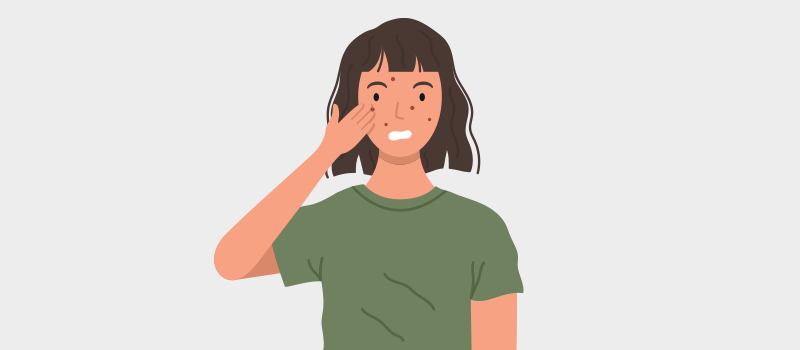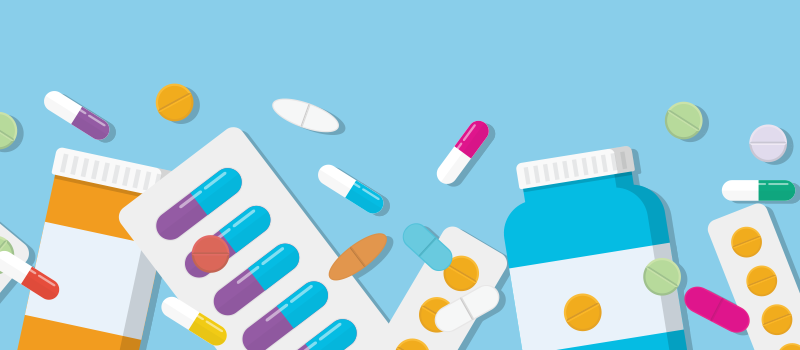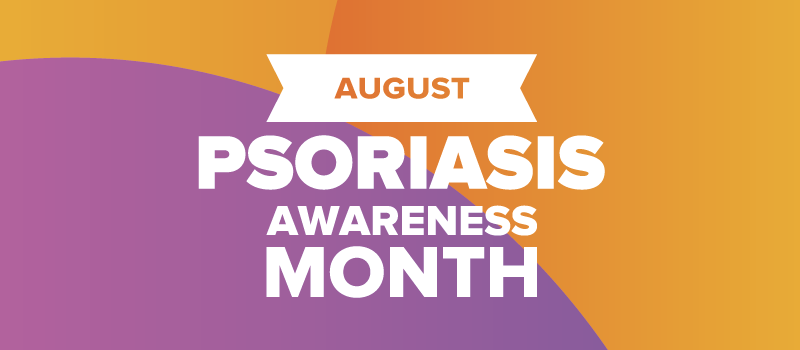What’s the Buzz
The Bee Healthy Blog
Atopic Dermatitis Medication & Treatment

Atopic dermatitis is one of the most common skin conditions. It is a type of eczema that frequently occurs in young children but can happen at any age. Atopic dermatitis causes dryness, itching, and skin inflammation. Other eczema symptoms can include small bumps in the skin, oozing, crusting, thickening of the skin, raw skin from scratching, and skin discoloration, such as darkening around the eyes.
Atopic dermatitis is a chronic (long-lasting) condition that flares up from time to time. Treating atopic dermatitis is important to prevent skin barrier problems such as thinning, infection, and premature skin aging.
Various treatments are available to treat mild and moderate to severe atopic dermatitis, including topical treatments that are applied to the skin and oral and injected medications. Please continue reading to learn more about the prescription medications that may be part of your atopic dermatitis treatment plan.
What causes atopic eczema?
Experts believe that atopic dermatitis or childhood eczema occurs due to a genetic variation that affects the functioning of the skin barrier. Eczema symptoms develop because a weak skin barrier is unable to protect against bacteria, allergens, irritants, and environmental toxins. Poor skin barrier function also triggers the body’s immune system. As a result, immune system messengers cause inflamed skin and other symptoms of atopic dermatitis. In some people, a bacterial skin infection such as Staphylococcus aureus can lead to atopic eczema by disrupting the natural skin barrier function by outnumbering beneficial bacteria.
What drugs are approved for atopic dermatitis?
Topical Corticosteroids
Topical therapies for atopic dermatitis include steroid medicines that control inflammation and reduce itching, redness, swelling, and dry skin during flare-ups. Anti-inflammatory topical steroids are available as creams, ointments, gels, foams, sprays, lotions, and oils. They come in various strengths. Lower-strength topical steroids are used to reduce inflammation in mild to moderate atopic dermatitis, while more potent topical treatments are used for moderate to severe eczema. However, topical corticosteroids should not be used in sensitive areas like the face or groin without a doctor’s approval.
Examples of topical corticosteroids include hydrocortisone (Cortaid, Nutracort, Synacort), triamcinolone acetonide (Kenalog, Aristocort A), fluticasone (Cutivate), mometasone (Elocon), fluocinonide (Lidex E), and clobetasol (Clobex, Temovate E).
Note: While topical steroids cause fewer side effects than systemic steroids (oral medication), prolonged use of topical steroids can lead to side effects such as redness, stretch marks, skin thinning, skin color changes, spider veins, acne, excessive hair growth, delayed wound healing, and increased risk of infections. Use of these medications on large areas of skin for a long time can lead to systemic side effects such as high blood pressure, high blood sugar (hyperglycemia), changes in body fat distribution, and weight gain.
Topical Calcineurin Inhibitors
Topical Calcineurin Inhibitors are a unique class of FDA-approved topical medications used to treat atopic dermatitis by suppressing the body’s immune system. They can both treat and help prevent flare-ups of atopic dermatitis. Topical calcineurin inhibitors are applied locally to the affected area. While these drugs cause fewer side effects than topical corticosteroids, their use has been linked to an increased risk of lymphoma. They can also cause a mild burning or stinging sensation in the affected areas. Examples include pimecrolimus (Elidel) and tacrolimus (Protopic).
Other Topical Eczema Treatments
Newer drugs are available to treat mild to moderate atopic dermatitis. These include phosphodiesterase inhibitors such as crisaborole (Eucrisa). Other options are a topical JAK inhibitor such as ruxolitinib (Opzelura) or oral JAK inhibitors like upadacitinib (Rinvoq) and abrocitinib (Cibinqo).
Oral Medications for Atopic Dermatitis
Doctors sometimes use oral corticosteroids like prednisolone to control severe flares of eczema. Other treatments can include prescription medication such as cyclosporine, methotrexate, azathioprine, or mycophenolate mofetil. These immunosuppressants are used off-label to treat severe eczema and skin diseases like psoriasis. However, immunosuppressant drugs carry the risk of potentially serious side effects such as high blood pressure, kidney damage, liver damage, increased risk of infections, and increased risk of certain types of cancers.
Injected Medications for Atopic Dermatitis
Injectable biologic agents like dupilumab (Dupixent) and tralokinumab-ldrm (Adbry) are FDA approved for treating atopic dermatitis that is not well controlled with topical medications. These drugs work by blocking the action of immune system messengers called interleukins. They are given by injection under the skin every other week and are meant for short-term, non-continuous treatment of severe atopic dermatitis. Common side effects of these biologic agents include injection site reactions, cold sores, conjunctivitis, and an increase in certain white blood cell types.
Classical Antihistamines
Antihistamines are commonly used to treat itching caused by hives and allergic reactions. However, they do not relieve the severe itching caused by atopic dermatitis. These medications may be prescribed because they cause drowsiness and can allow a person with atopic eczema to sleep better at night.
Antibiotics
A healthcare provider may prescribe other treatments, such as antibiotics, to treat secondary infections in patients with severe AD (atopic dermatitis).
What is the first-line treatment for atopic dermatitis?
A topical corticosteroid is usually the first line of treatment for atopic dermatitis. Topical steroids help to treat inflammation and can also relieve itching and dryness.
What is the best medicine for atopic dermatitis?
The best medicine for atopic dermatitis depends on the severity of the condition, the patient’s age, comorbid medical conditions, and other factors. For example, some medications are only approved for use in adult patients or children over a certain age.
Keep in mind that many people with mild atopic dermatitis can benefit from preventive measures like moisturizing, avoiding hot baths, and patting dry after baths. Conservative treatments like wet gauze (wet wrap therapy), light therapy, relaxation, and biofeedback also help. However, those with moderate to severe eczema may need other treatments, including topical treatments in the affected areas or oral and injected medications. Your healthcare provider will recommend the best medicine for atopic dermatitis depending on your symptoms and other factors.
References:
- https://www.mayoclinic.org/diseases-conditions/atopic-dermatitis-eczema/symptoms-causes/syc-20353273
- https://www.ncbi.nlm.nih.gov/pmc/articles/PMC4228634/
- https://eczema.org/information-and-advice/treatments-for-eczema/topical-calcineurin-inhibitors/
- https://www.aad.org/public/diseases/eczema/types/atopic-dermatitis/crisaborole
- https://www.ajmc.com/view/ruxolitinib-cream-approved-for-short-term-treatment-of-atopic-dermatitis
- https://eczema.org/information-and-advice/treatments-for-eczema/oral-steroids/
- https://www.dupixent.com/atopicdermatitis/
- https://www.adbry.com/












SOCIAL